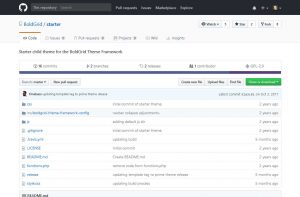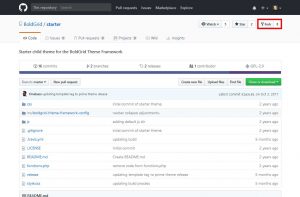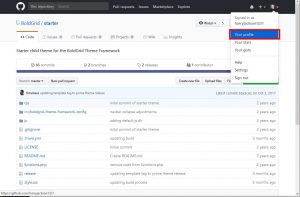What is Forking?
Forking a repository means that you are copying it to your own GitHub profile. There are two primary reasons to fork a GitHub repository. Either you are forking it to propose a change to the project and contribute, or you are forking it as a starting point for a project you are beginning. The fork can act as a divergent point where the original repository may continue in one direction and the copy may evolve into something different.
On the GitHub website, forking is the core of the social coding concept.
Propose a change to someone else’s project
An example of proposing a change would be to fork a project to fix a bug, rather than raise an issue about it. To accomplish this, you would fork the GitHub repository to your profile, create a branch to fix the bug, test the code, and merge it into your master branch. Once that is done, you would then create a pull request to propose the person that owns the repository merge it with their code.
Use someone’s project as a starting point
An example using another person’s project to start your own is forking the project to your profile, then making changes that you see fit. The purpose of this guide is to show you how to fork the BoldGrid starter child theme, so that you can begin working on it, and extending it fit to your needs.
How to Fork a Project
 Navigate to the BoldGrid/starter Repository
Navigate to the BoldGrid/starter Repository  In the top right of the Repository, click Fork
In the top right of the Repository, click Fork  Visit your GitHub profile, and you will now see the Repository exists on your page
Visit your GitHub profile, and you will now see the Repository exists on your page
Congratulations! You now understand why you would fork a project and the process used in Github for that purpose.
SIGNUP FOR
BOLDGRID CENTRAL
200+ Design Templates + 1 Kick-ass SuperTheme
6 WordPress Plugins + 2 Essential Services
Everything you need to build and manage WordPress websites in one Central place.


